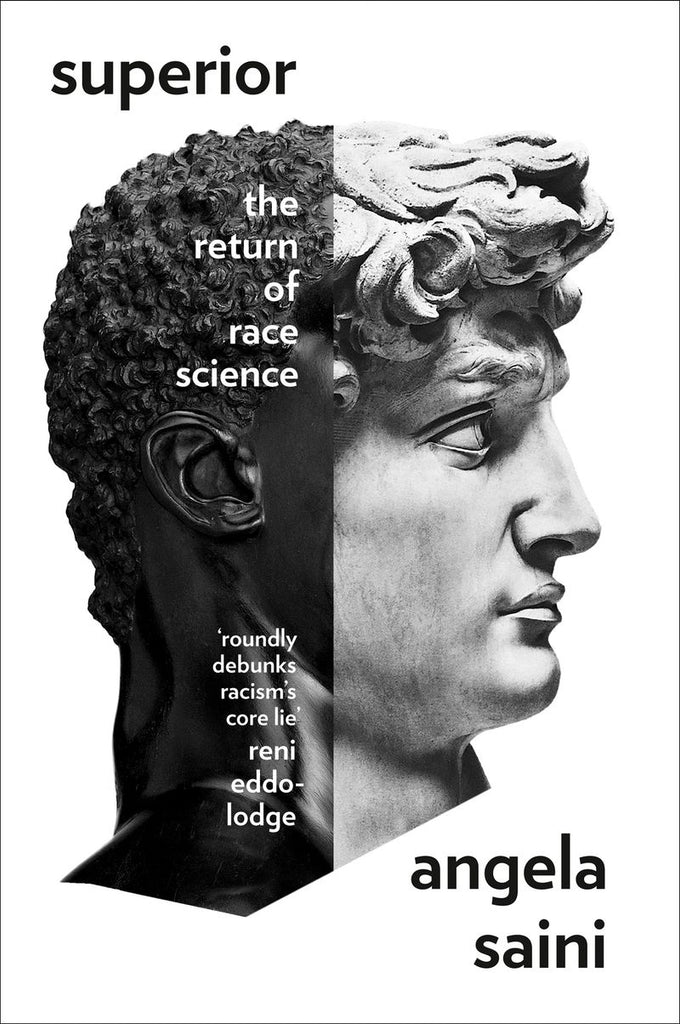
Superior by Angela Saini
Angela Saini’s new book is a “brilliant analysis of race science past and present”, said Clive Cookson in the Financial Times. It describes how, from the Enlightenment onwards, scientists have grouped humanity into races and claimed that these have distinct characteristics. Saini convincingly argues that this entire enterprise is bogus: people from different regions may differ in appearance, but this doesn’t translate into consistent genetic attributes. Race, she writes, is “as biologically real as witches on broomsticks”. Rather than having anything to do with science, racial categorisation, says Saini, has chiefly been a means for white Westerners to bolster their sense of superiority (and justify subjugating other peoples) by imbuing it with a veneer of rationality. Deft in its analyses of science and politics, Superior is a “thought-provoking” read.
The history Saini uncovers often “turns the stomach”, said Trevor Phillips in The Sunday Times. Nineteenth century biologists assembled “human zoos” so that Europeans could “gawp at” naked African bodies, including that of Saartjie Baartman, the “Hottentot Venus”, who was “poked, mocked and humiliated”. A slave-era US doctor coined the term “drapetomania” for a disease that caused “Negroes” to run away. But as well as presenting a panoply of past horrors, Superior contains an urgent “warning” for the present, said Alok Jha in The Observer. For while race science was officially abandoned after the Second World War, Saini suggests it never went away, but has instead “festered in the shadows”. With the recent resurgence of far-right populism, and authoritarian leaders looking to add “intellectual ballast” to their prejudices, it is making an alarming return.
Saini is right to sound the alarm about the “new breed of scientific racist”, said Tom Chivers in The Times. But she is on flimsier ground when she suggests that all research into biological differences between groups – a field known as population genetics – is a way to “sneak race in through the back door”. For the fact is, “different genes are found at different rates among different populations”, and studying such variance is medically important, helping to explain, for example, why Ashkenazi Jews have an anomalously high rate of Tay-Sachs disease. While there is inevitably a danger of such research being “leapt upon by racists”, this is no reason to abandon the research itself. Saini’s fear of history repeating itself has, I worry, led her to tar an important field with the “brush of race science”.
